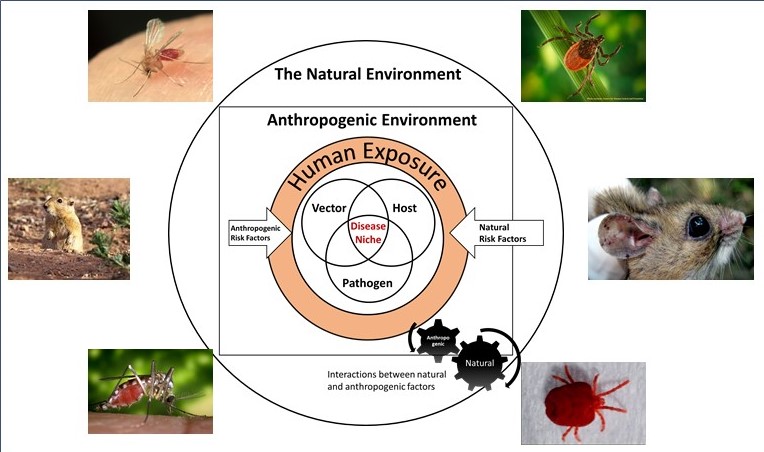
Current research focuses on the following themes: The effect of anthropogenic land use change on disease emergence, with model systems […]
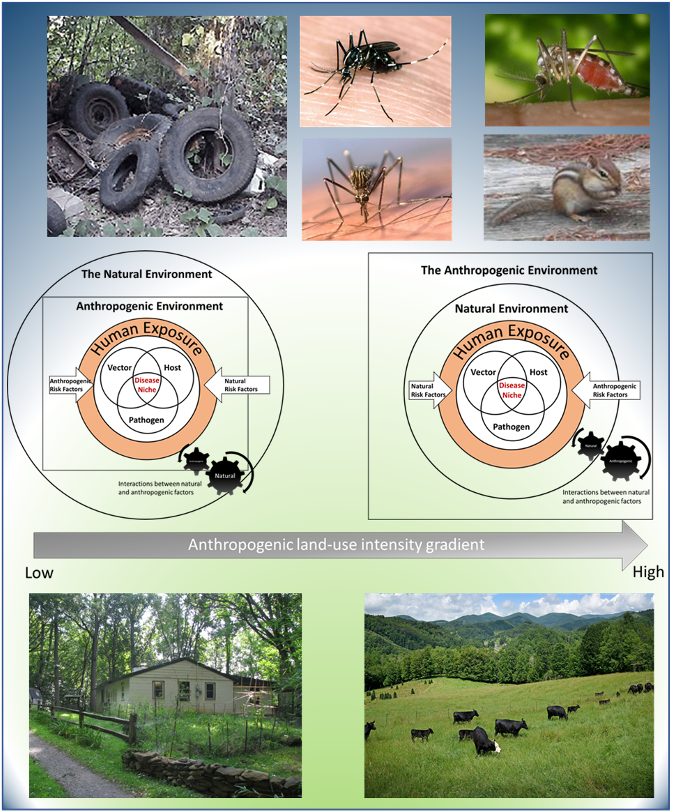
La Crosse encephalitis (LACE) is a neurodegenerative viral pediatric disease transmitted by Aedes mosquitoes in the Appalachian mountain range. It […]
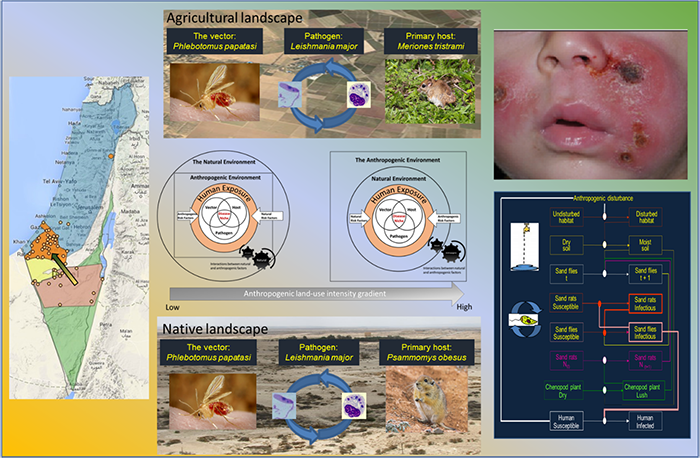
Leishmaniases are the third most pervasive insect-bone diseases (following Malaria and Dengue), affecting tropical as well as arid regions in […]

Humanity is facing an epidemiological transition, characterized by the resurgence and emergence of old and novel infectious diseases the majority […]
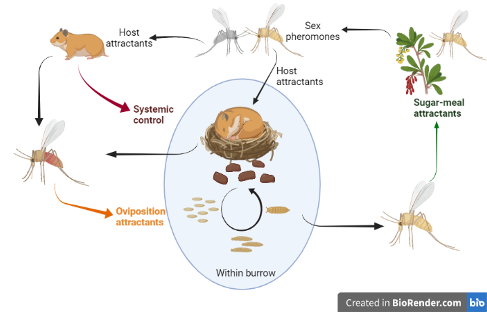
Phlebotomine sand flies (Diptera: Psychodidae) transmit protozoan parasites (Leishmania spp.), as well as bacteria (Bartonella bacilliformis) and Phleboviruses. Most significant […]
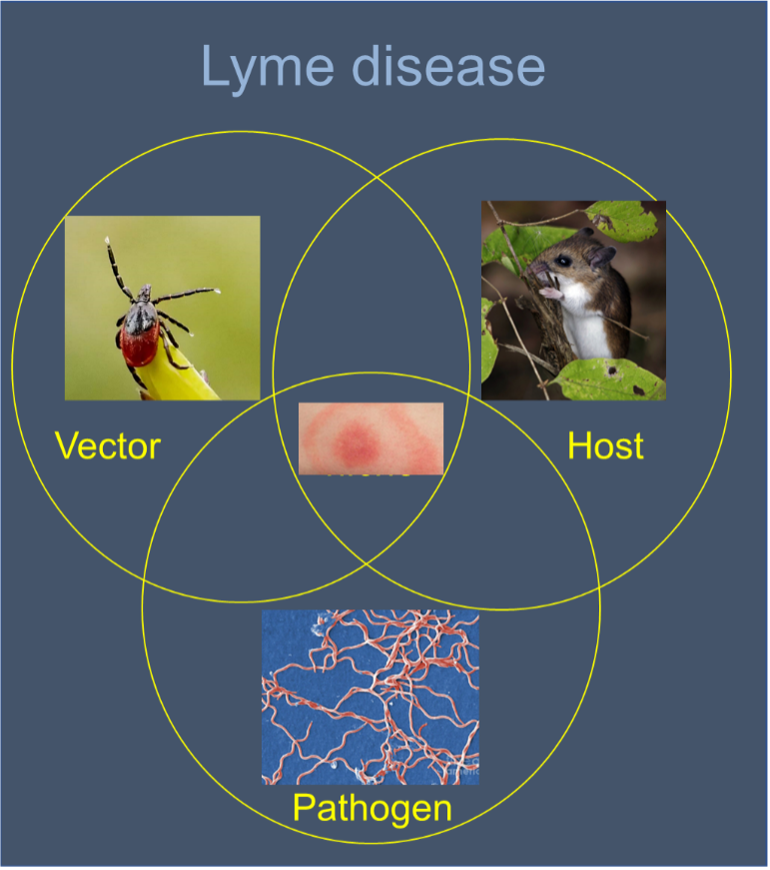
With an estimated rate of 300,000 cases per year, Lyme Borreliosis (LB) (also known as Lyme Disease [LD]) has become […]
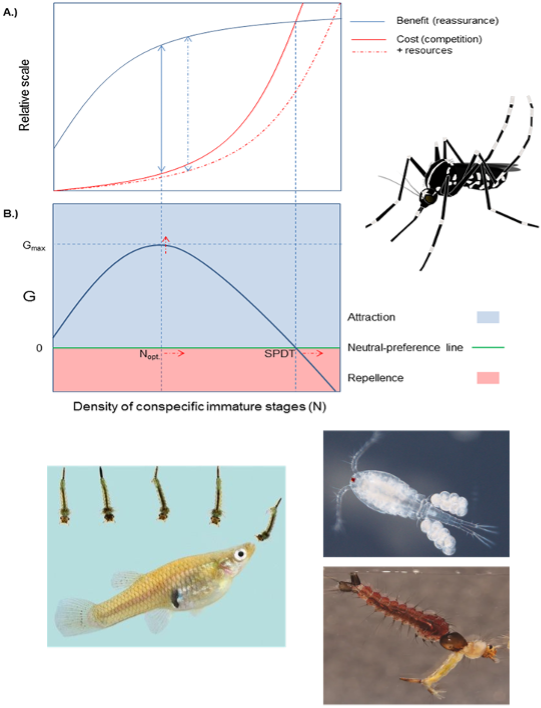
For organisms lacking parental care and where larval dispersal is limited, oviposition site selection decisions are critical fitness-enhancing choices. The […]